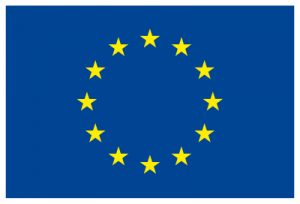‘Analogue’ indicates the quality of an object that is similar to or reflects the characteristics of another object. An example of analogue media is analogue photography, which generates an analogy with a real-life phenomenon by means of chemical processes. The analogue format for data storage is characterised by information transmission through the modulation of a continuous transmission signal. By way of contrast, the digital format represents physical magnitudes (such as sound, space, and colour) through a binary system of values (1-0, positive-negative).
Within the Cultural Heritage sector, the conversion from analogue to digital has been an extended practice growing in importance over the past decades. In many cases, an artwork may exist in both analogue and digital formats. For example, a photograph may have an analogue version on film and a scanned version. The analogue and digital formats come with different advantages for storing, displaying and enhancing access to Cultural Heritage objects. Analogue versions are theoretically more faithful and rich representations, while digital versions involve a process of simplification and reduction. Yet, digital formats have their own advantages, particularly for their capacity to aggregate different media formats (for example, video and still images), the ease of transfer among compatible platforms, and easier storage of large amounts of data.
Sources:
Oxford English Dictionary. ‘Analogue’ and ‘digital’ entries. http://www.oed.com/

